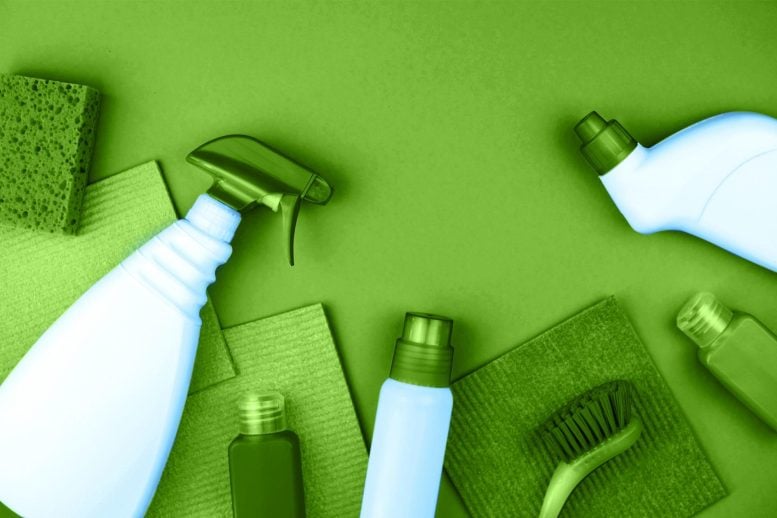Hidden Health Hazards: Scientists Reveal Dangers of Eco-Friendly Cleaning Products

A recent study indicates that so-called "green" cleaning products release analogous amounts of harmful chemicals to regular cleaning products, challenging the widespread belief that such natural products are safer for both health and the environment. The findings underscore the necessity for improved regulation and guidance for consumers, as these so-called green products may degrade indoor air quality and pose potential health threats.
Study reveals both conventional and “green” cleaning products discharge similar volumes of hazardous chemicals.
The researchers emphasize the need for enhanced regulation and further consumer advice regarding the actual safety of cleaning products.
The research was published in the journal Environmental Science: Processes & Impact by The Royal Society of Chemistry. It reveals that the air quality in individuals' homes can potentially suffer due to the use of fragranced cleaning products.
Various volatile organic compounds (VOCs), including some that are harmful or can transform chemically to produce harmful secondary pollutants, are emitted from cleaning products. In recent times, the popularity of “green” cleaners has grown, built on the assumption that they are better for health and the environment. However, this assumption was debunked by the research conducted by the University of York.
The research involved the analysis of VOC composition from 10 regular and 13 green cleaning products. Green cleaners generally released more monoterpenes than regular ones, which can lead to increases in harmful secondary pollutant levels, such as formaldehyde and peroxyacyl nitrates, after usage.
The study revealed that the fragrances used in these products were the source of the volatile monoterpenes. Increase in the levels of these pollutants at home can lead to respiratory issues and irritation in eyes, nose, throat or skin for susceptible people. Continued exposure to elevated formaldehyde levels, in some instances, may even lead to cancer.
Ellen Harding-Smith, an Environmental Chemistry researcher from the Department of Environment & Geography, stated: “Our research didn’t find compelling evidence to suggest that 'green' cleaning products are better for indoor air quality compared to regular products. There was actually very little difference. It appears consumers may be misled by these product's marketing messages, potentially deteriorating the air quality in their homes and putting their health at risk. Contrary to what's displayed on the supermarket shelves, green doesn’t necessarily signify clean."
The research was financed by the EPSRC and the project, known as IMPeCCABLE, was a collaborative effort between the Department of Environment and Geography, the Department of Chemistry, and the Wolfson Atmospheric Chemistry Laboratory at the University of York.
Miss Harding-Smith, a PhD candidate, further noted: “The study pinpoints potential compositional differences in the formulations of regular and green cleaning products, about which very little information is available in existing literature. There’s a crucial need for manufacturers to provide clear information concerning these products' content and guide consumers on how to reduce their potential harm. For instance, they should advise proper ventilation: simply opening windows when using cleaning products significantly improves home air quality.”




